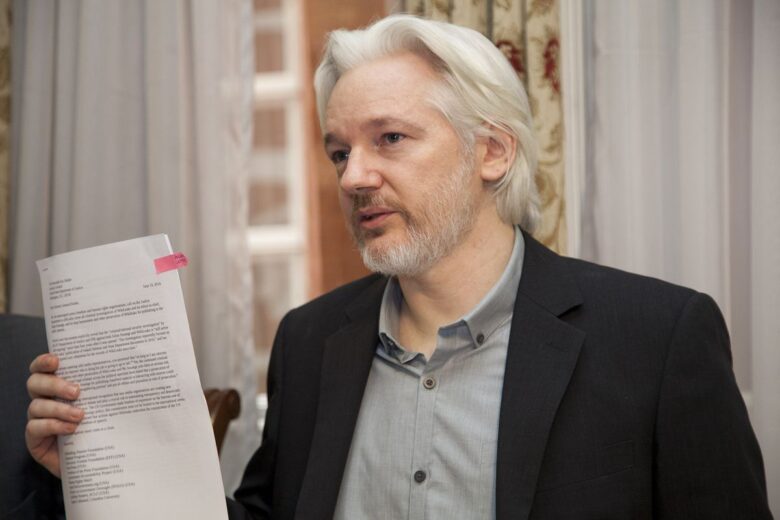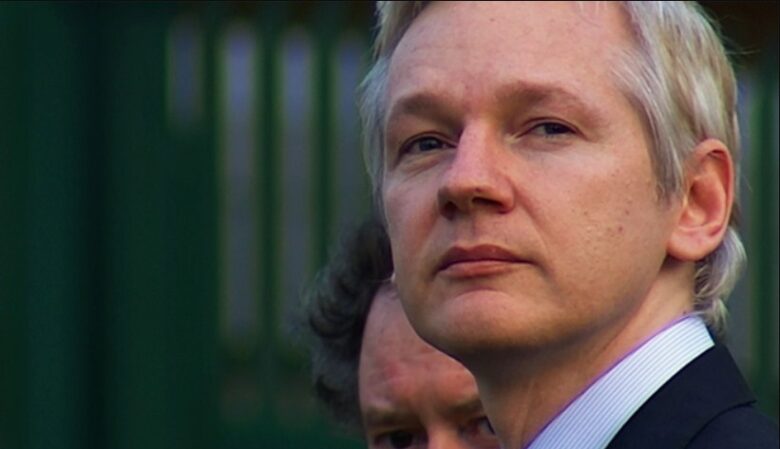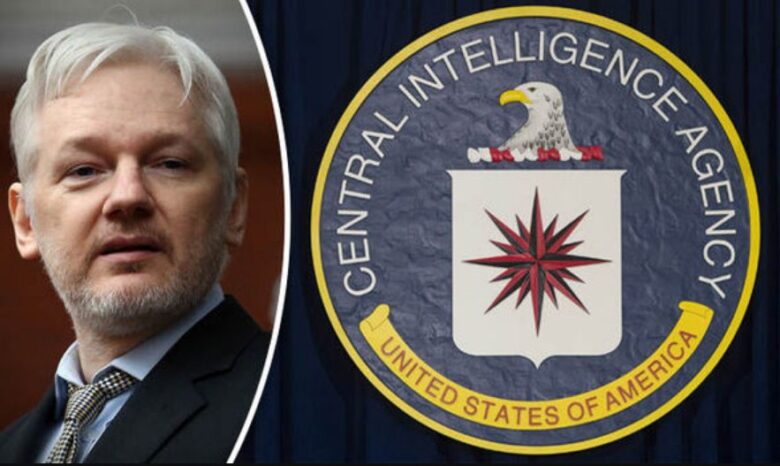2017 could have been a crucial year for Julian Assange. As he was approaching his fifth year living inside of the Ecuador embassy in London, the CIA planned on his demise. It all started with plans to kidnap him, which brought out a heavy debate among the members of the Trump Administration.
Like we said, plans to kidnap the WikiLeaks founder were only the beginning. There are suspicions that the CIA and circles close to the Trump administration planned the end of him. These weren’t only talks and plans that were drawn on how to approach the issue on hand. The situation could have escalated as one senior member of the Trump administration stated: “There seemed to be no boundaries.”
The conversations lasted for a while as the campaign to take out the WikiLeaks founder was really getting traction. Assange wasn’t the only target, as the Central Intelligence Agency plotted to spy on his associates, their whereabouts, and even on stealing their equipment. While Assange has been torn in the eye of various US agencies, he wasn’t the only issue. WikiLeaks continued their work, and there was another major leak titled Vault 7. Some senior CIA officers described it as: “The largest data loss in CIA history.”

Because of this, when Donald Trump appointed Mike Pompeo as the new head honcho of the agency, one of the primary goals was to deal with Assange and WikiLeaks. When these plans were set in motion, Assange was already in the Ecuadorian embassy where he sought out refuge in order to avoid extradition to Sweden over some other accusations he had over there. Trump administration and Pompeo raged over Assange and WikiLeaks that one senior official said:” They were completely detached from reality because they were so embarrassed about Vault 7. They were seeing blood.”
The first sign that things have taken a serious u-turn was when Pompeo described WikiLeaks as a “non-state hostile intelligence service.”Because of this designation, the members of the organization were allowed to take a more aggressive approach in dealing with them. The Agency started treating them as an adversary firm whose interest directly intervene. The former Agency officials stated that they were doing heavy surveillance of not only Assange but many of his associates.
The action against Julian Assange and his associates was so thorough that it could be described as a war. According to reports from 30 former US officials the plan to kidnap Assange was one of the biggest focuses of the Trump administration. But in the process, some legal and moral norms were forgotten, and the actions conducted could even lead to interfering with the Department of Justice case against Assange.
Barry Pollack, Assange’s U.S. Lawyer, said this about the situation: “As an American citizen, I find it absolutely outrageous that our government would be contemplating kidnapping or assassinating somebody without any judicial process simply because he had published truthful information.” At the moment, Assange is in London prison waiting for a decision of extradition on charges of violation of the Espionage Act. Talking about this, Pollack added: “My hope and expectation is that the U.K. courts will consider this information and it will further bolster its decision not to extradite to the U.S.”
While the intent to handle the WikiLeaks case the hard way was real, many people were opposing the approach. The White House lawyers were first to oppose such actions, once it became evident what was Pompeo suggesting. A Trump national security official said this about what Pompeo intended: “There were serious intel oversight concerns that were being raised through this escapade.”

The prosecution of Assange was in process, so there were fears that the attempt of his kidnapping could jeopardize the entire case. The situation escalated, even more, when reports came in that the Russian intelligence service was also on the trail of Assange planning to take him out of Britain. These rumors weren’t far from the truth as the US government learned of the plans of Ecuadorians to grant him diplomatic status in order to fly to Moscow.
This situation prompted the CIA t take more severe actions, and various plans were set in motion. For one, most of their plans included a confrontation with the Russians. Once you hear about what they had in mind you’d think we’re talking about an action movie starring Tom Cruise. Some of the scenarios included gun battles with Russians, hitting their car on the street, or shooting at the airplane in which they would allegedly hold Assange. Furthermore, they also included British Secret Operatives into the entire plot which gives another twist and turn to the story.
One former senior administration official said this about the plans: “We had all sorts of reasons to believe he was contemplating getting the hell out of there. It was going to be like a prison break movie.” Because of Julian Assange’s next move the whole world was set in the motion. The British, the US, and the Russian intelligence agencies didn’t have this type of action since the Cold War. People close to the operation described it like this: “It was beyond comical. It got to the point where every human being in a three-block radius was working for one of the intelligence services — whether they were street sweepers or police officers or security guards.”
The officials close to the Trump administration warned the president that the situation is on its way to get ugly. By the time the public started to grasp what’s going on, the Assange situation was on the brink of an international incident. While they were close to executing the action, some people inside of the White House were afraid that the action could weaken the US in the eyes of the world. In the end, nothing came out of it, as the reason prevailed. It was a good decision, as some people at the National Security Council were wondering: “Where does this stop?”



